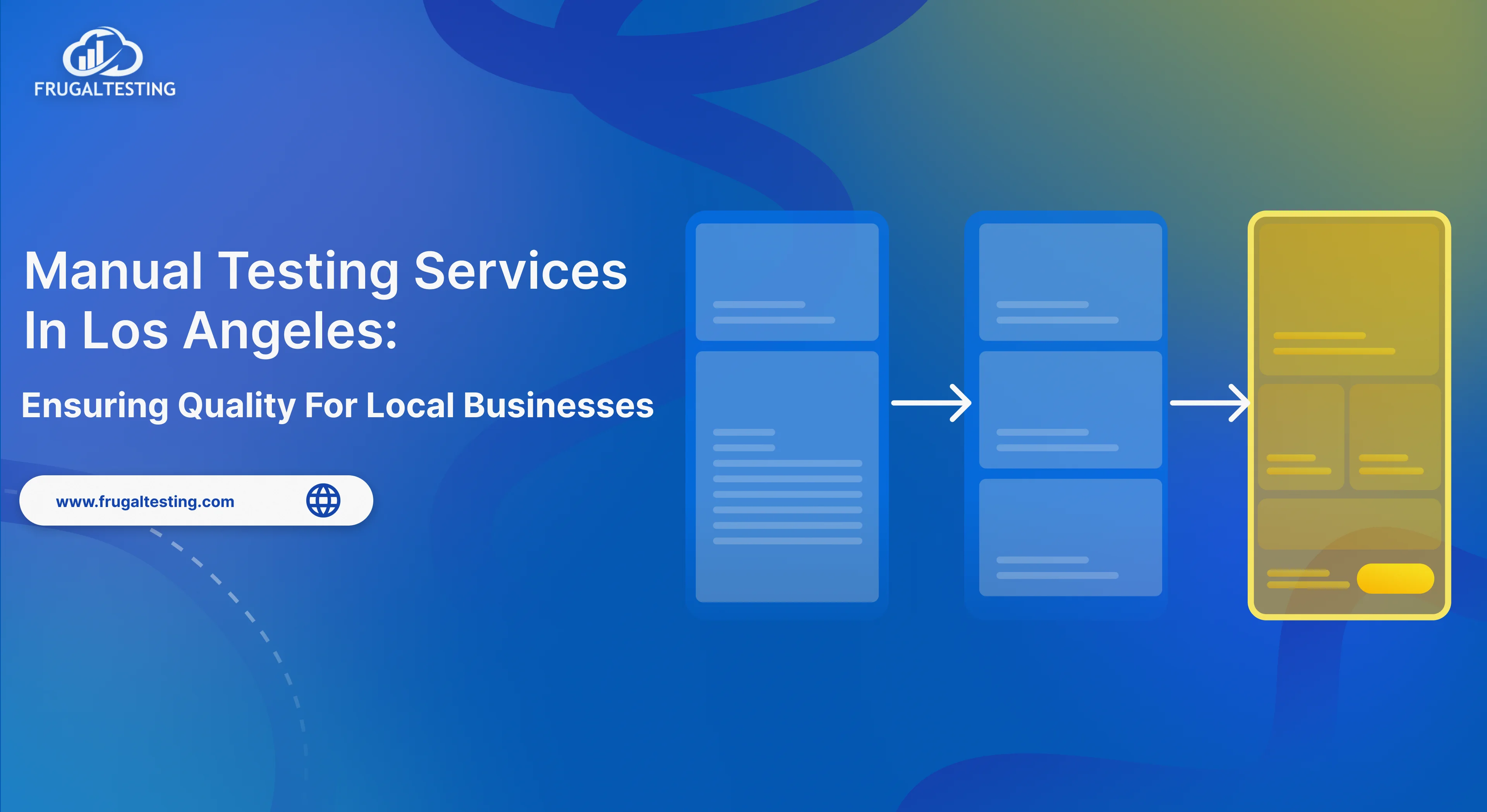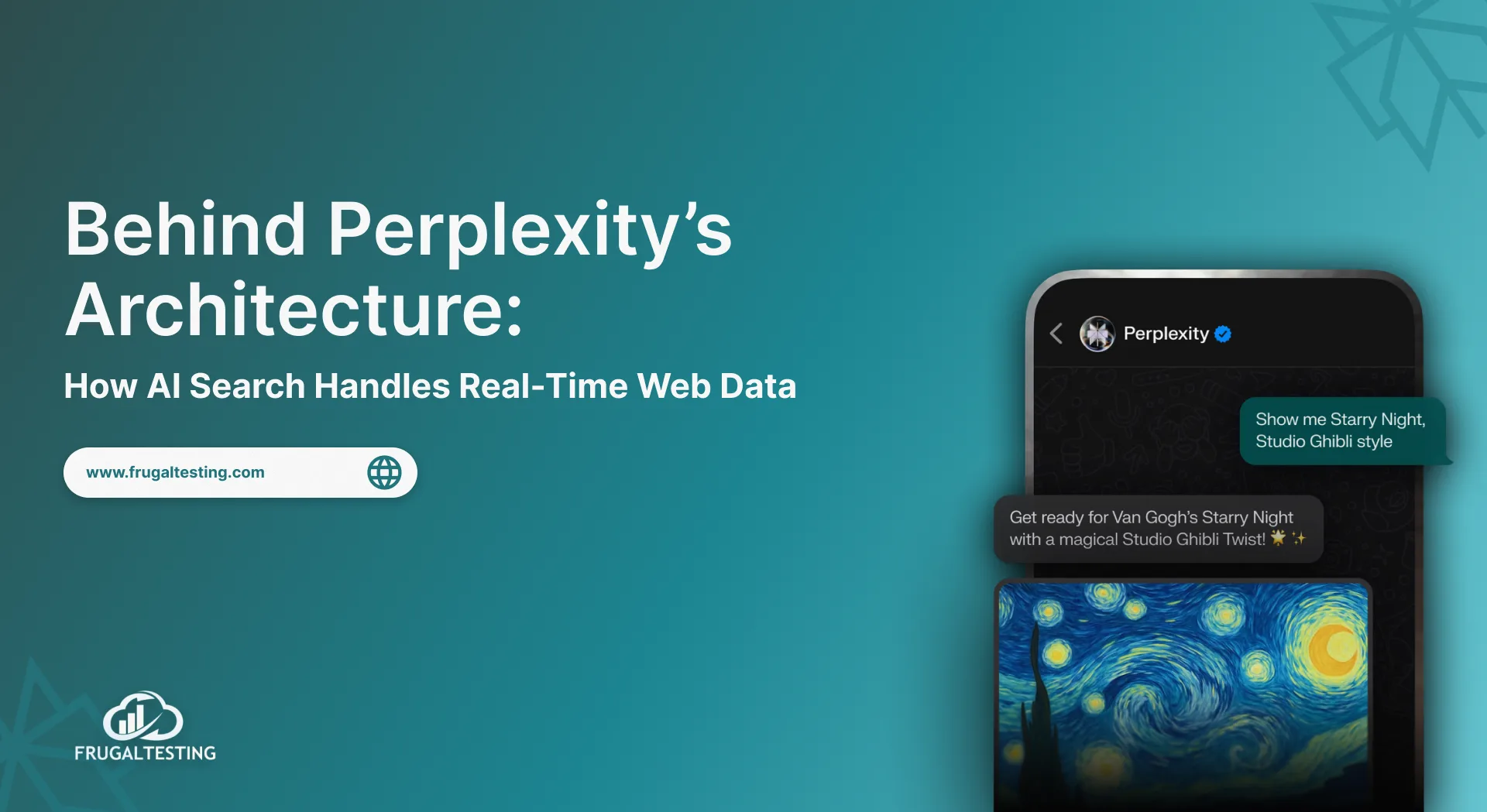Is endless manual testing bogging down your development process? If so, you should look more into automating your repetitive tasks using AI. AI is no longer just a buzzword; it's revolutionizing the future of software testing.
This blog will uncover:
📌 AI vs. Machine Learning: Artificial intelligence in software testing is a broad concept; machine learning is a specific approach.
📌 Machine Learning in Testing: Automated test creation and bug detection using AI-based software testing.
📌 Popular AI Tools (including AI-Driven Testing Tools): Includes ChatGPT, Dall-E, and Grammarly.
📌 AI Testing Limitations: Data dependency and complexity issues in AI-enabled testing.
Let's dive into how this powerful technology is transforming the way we ensure software quality and discover how intelligent machines are becoming your ultimate testing partners.

What is the difference between Machine Learning and Artificial Intelligence?
🤖 Teaching AI for software testing is like teaching a kid to recognize a dog. You show them pictures of different dogs, pointing out their tails, ears, and furry bodies. Eventually, they can spot a dog, even if it's a breed they've never seen before. This is similar to how machine learning works.
Machine learning is a subset of artificial intelligence (AI). AI is the broader concept of creating intelligent machines that can mimic human thought processes. Machine learning, on the other hand, is about teaching computers to learn from data without explicit programming.
Think of AI as the ambitious goal of building machines that can think and reason like humans. Machine learning is one of the tools we use to make that goal a reality. By feeding machines vast amounts of data, we enable them to identify patterns, make predictions, and improve their performance over time.
Essentially, AI is the big picture, and machine learning is the paintbrush we use to create it.

To break it down further:
💻 AI is about creating intelligent systems that can perform tasks that typically require human intelligence. This includes everything from understanding and responding to language, to making decisions, and solving problems.
💻 Machine learning is a specific approach to achieving AI. It involves developing algorithms that allow computers to learn from data and improve their accuracy over time without being explicitly programmed.
In essence, all machine learning is AI, but not all AI is machine learning. There are other techniques within AI, such as rule-based systems and expert systems.
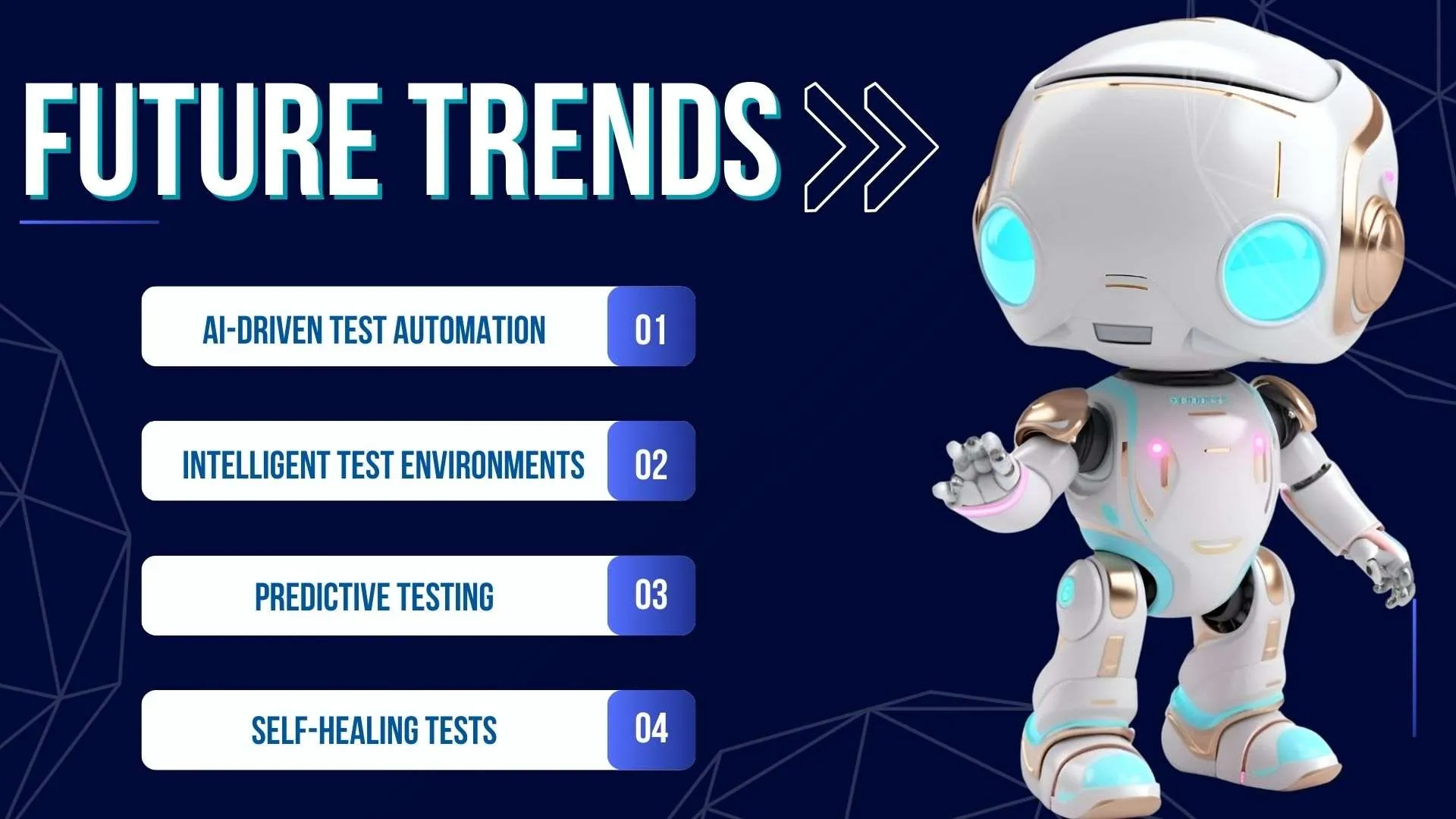
What is the Role of Machine Learning in AI Software Testing
🧠 Imagine testing a new app. You'd have to try every possible thing a user might do, right? From tapping every button to swiping in every direction, it's a massive job! This is where AI QA testing swoops in to save the day.
Machine learning is like having a super-smart tester on your team. It can help find bugs, automate boring tests, and make sure every nook and cranny of the app is checked out.
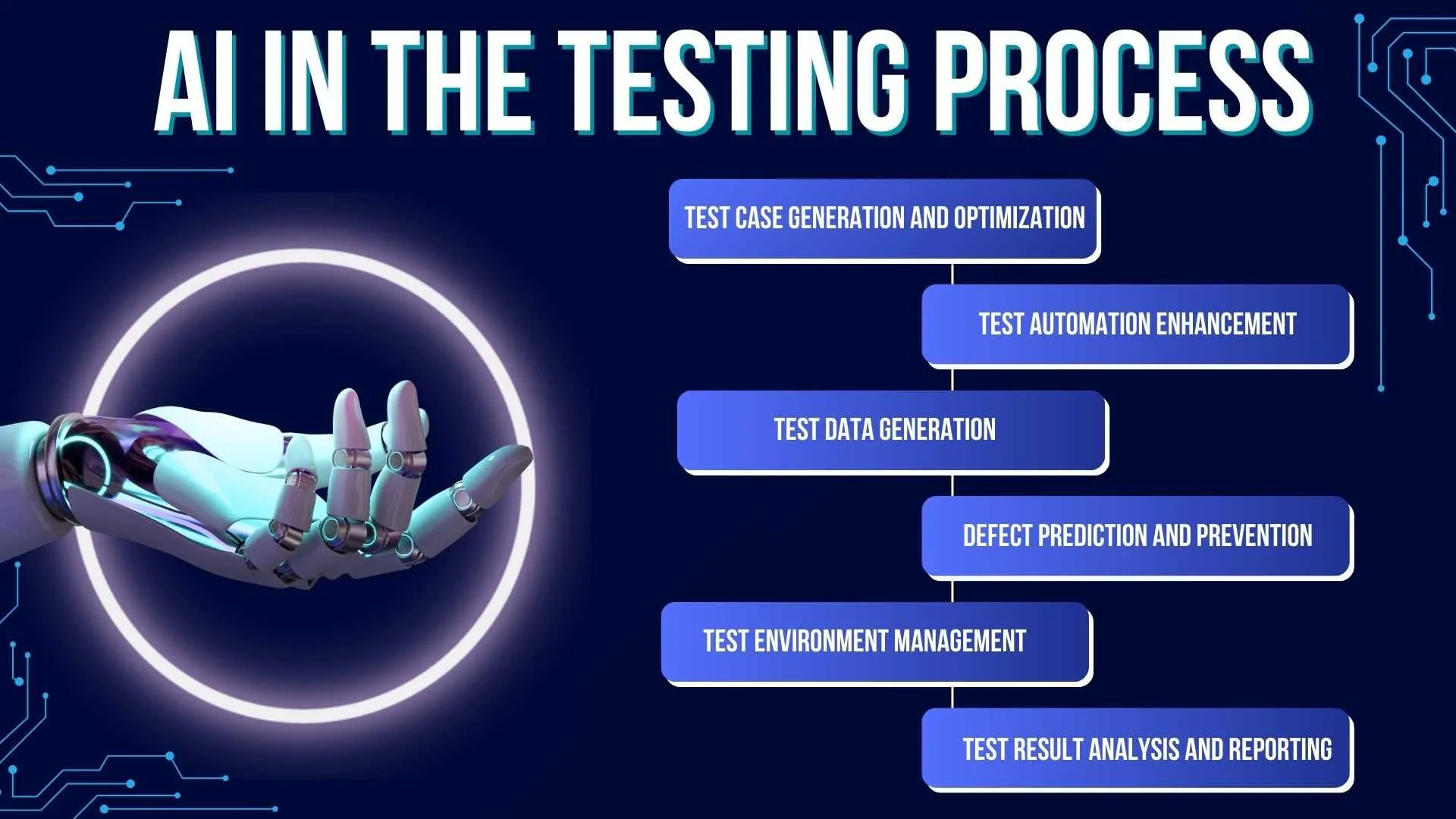
Here's how:
📊 Bug Hunting: Machine learning can analyze how people actually use the app and spot patterns that hint at problems, enhancing AI-based testing.
📊 Test Automation: Forget about writing endless test scripts. Machine learning can create tests automatically, saving time and letting humans focus on creative tasks in software testing using artificial intelligence.
📊 Comprehensive Test Coverage: Want to make sure every part of your app works as it should? Machine learning can help by creating tests for even the trickiest parts.
📊 Predictive Testing: By learning from past test results, machine learning can predict where new problems might arise, helping you stay ahead of the game.
📊 Performance Optimization: Machine learning can analyze app performance data to identify bottlenecks and suggest improvements, enhancing software testing with AI.
So, the next time you use a flawless app, remember that machine learning might be the unsung hero behind the scenes!

Keep in mind that this list is not exhaustive and represents just a small sample of the available AI tools. The AI market is incredibly dynamic, with new and improved tools being released regularly.

What are the Present Capabilities of AI Software?
📝 AI is getting pretty smart these days! It is transforming software testing using artificial intelligence with the following capabilities Imagine having a super-intelligent assistant that can:
Basically, AI is helping us be more efficient, make better decisions, and tackle complex problems. It's like having a superpowered teammate!
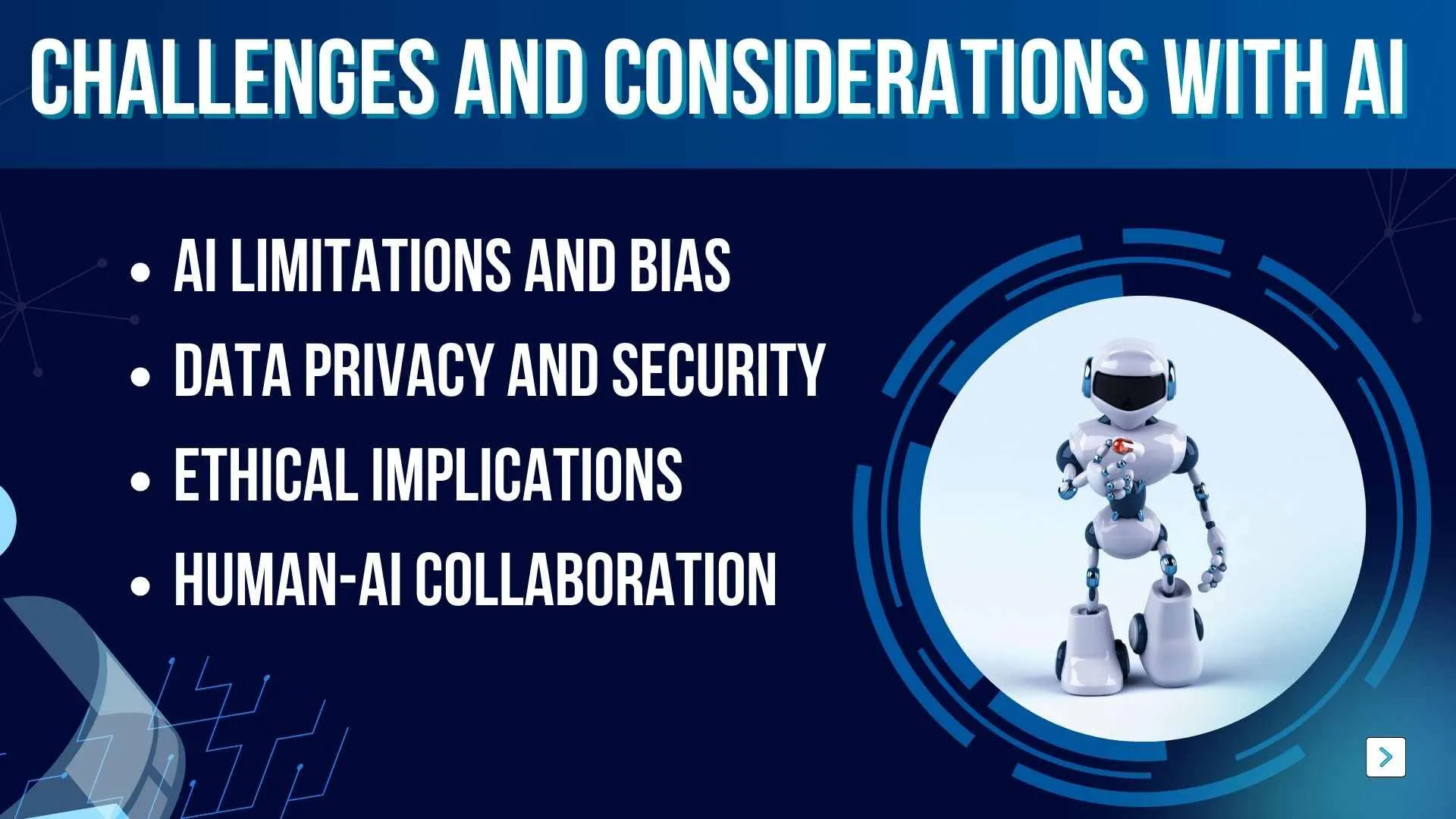
How can AI Testing Services be Integrated in Manual Testing?
You might be wondering how AI can help with manual testing methods (including continuous testing), which is already a pretty complex job. Well, AI can be a great sidekick to human testers. Here's how:

🧩 Test case generation: AI can analyze your software to create test cases, saving testers time and manual effort.
🧩 Test data generation: Need some fake data to test your app? AI can whip up realistic-looking data in a snap.
🧩 Test environment setup: AI can automate the process of setting up test environments, making it quicker and less error-prone.
🧩 Defect prediction: By analyzing historical data, AI can predict where new bugs and potential defects might pop up.
🧩 Test result analysis: AI can quickly go through test results and highlight potential issues, helping testers focus on the most important problems.

🧩 Test case prioritization: AI can determine which test cases are most critical to execute based on risk factors and comprehensive test coverage.
🧩 Test automation script generation: AI can generate automated test scripts based on manual test cases, increasing test efficiency.
🧩 Anomaly detection: AI can identify unusual patterns in test results that might indicate potential defects or performance issues..
🧩 Visual testing: AI can compare screenshots and identify visual differences between test environments, helping to catch UI regressions.
🧩 Test environment optimization: AI can analyze test environment performance and suggest improvements to speed up test execution.
So, instead of replacing human testers, AI can actually make their jobs easier and more effective.

Possible Ways in which Automated Testing can be Enhanced by AI Tools
Automated testing is already a big time-saver, but AI can take it to the next level. Here are some ways:
🛠️ Smart test case generation: AI can create more intelligent test cases by understanding the software's logic and functionality, covering a wide range of scenarios and edge cases.
🛠️ Self-healing tests: When tests fail, AI can automatically identify and fix minor issues like broken locators or data inconsistencies, reducing test maintenance efforts.AI fixes broken locators or scripts automatically.
🛠️ Test optimization: AI can analyze test results to identify redundant or ineffective tests, to streamline test automation suites.
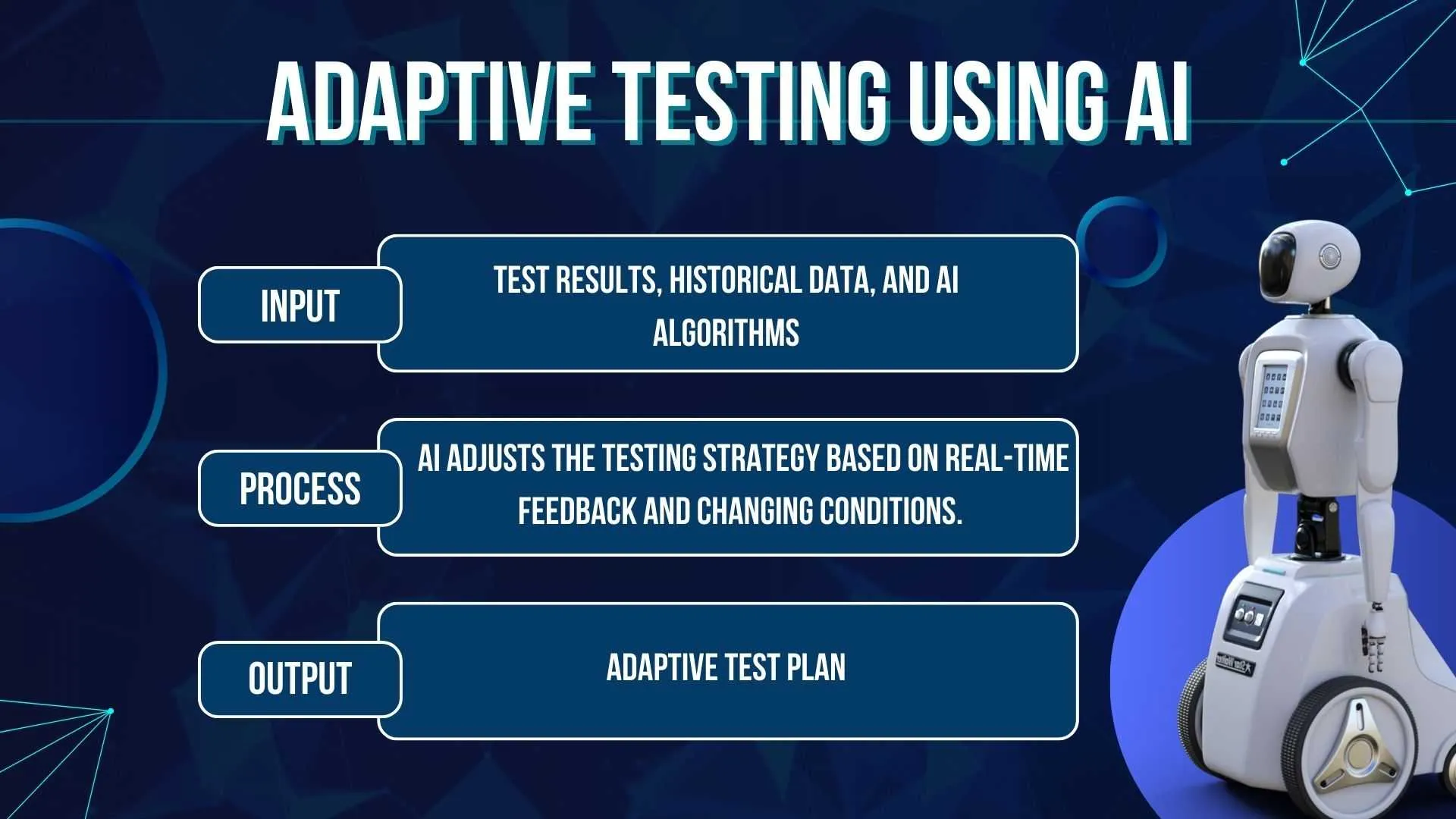
🛠️ Visual testing: Comparing screenshots for UI regressions, a key feature of AI testing tools.
🛠️ Predictive test selection: AI can predict which tests are most likely to find defects, prioritizing test execution and maximizing defect detection.
🛠️ Test environment management: AI can intelligently manage and provision test environments, ensuring consistency and reducing setup time.
🛠️ Root cause analysis: AI can analyze test failures to identify underlying causes, helping to prevent future defects.
By combining the power of automation with AI, you can create a testing process that's faster, more reliable, and delivers higher quality software.

The Limitations in Present AI for Testing Software
While AI is undoubtedly revolutionizing software testing, it's essential to acknowledge its limitations.
⚙️ Dependency on Quality Data: AI models are only as good as the data they are trained on. Biased or incomplete data can lead to inaccurate test results and flawed AI decisions.
⚙️ Lack of Human Intuition: AI excels at pattern recognition but struggles to replicate human intuition, judgment, and creativity, which are essential for complex testing scenarios.
⚙️ Complexity of Real-World Scenarios: Many software applications involve intricate user interactions and real-world complexities that AI might find challenging to simulate or understand fully.
⚙️ Explainability Gap: AI models often operate as black boxes, making it difficult to understand the rationale behind their decisions, hindering trust and accountability.
⚙️ Cost and Resources: Implementing and maintaining AI-powered testing solutions can be expensive, requiring specialized hardware, software, and skilled personnel.
It's important to remember that AI is a tool to augment human capabilities, not replace them. A combined approach, leveraging both human expertise and AI, is often the most effective way to achieve high-quality software.
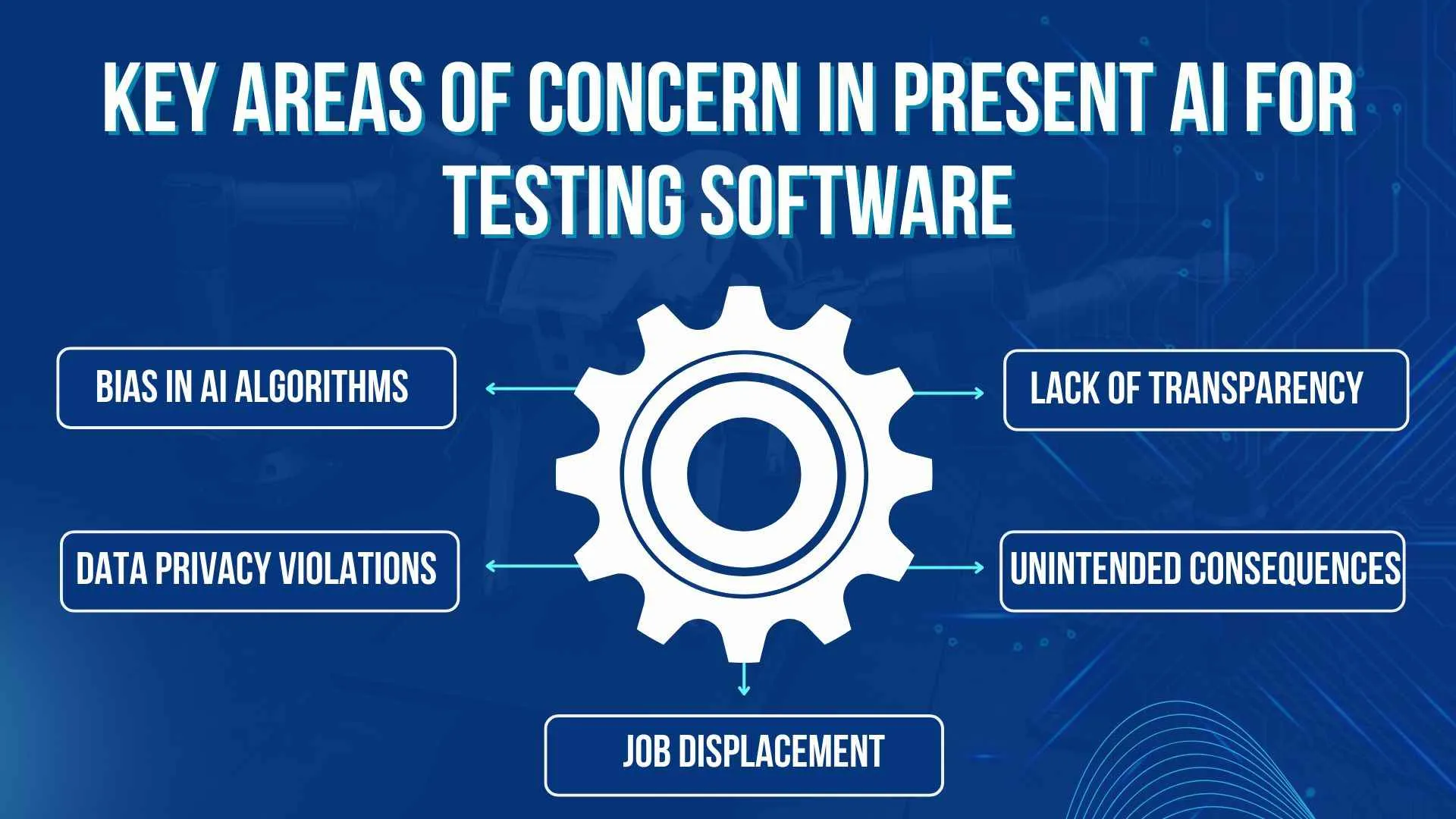
Ethical Considerations in AI-Driven Software Testing
AI-driven software testing offers significant advantages, but it also introduces new ethical challenges. With AI and software testing, ethical challenges arise:
💡 Bias and Fairness: AI systems can inherit biases present in the data they are trained on. This can lead to discriminatory outcomes in testing. It's essential to ensure that test data is diverse and representative to mitigate bias.
💡 Privacy and Data Security: AI-driven testing often involves handling large amounts of sensitive data. Protecting user privacy and data security is paramount. Implementing robust data protection measures, such as encryption and access controls, is crucial.
💡 Transparency and Explainability: AI models can be complex and difficult to understand. Ensuring transparency in AI-driven testing means being able to explain how decisions are made. This builds trust and accountability.
💡 Job Displacement: The increased use of AI in testing raises concerns about job displacement. It's important to focus on upskilling and reskilling the workforce to adapt to the changing landscape.
💡 Accountability: Determining responsibility for errors or failures in AI-driven testing can be complex. Clear guidelines and accountability frameworks are needed.
By carefully considering these ethical implications, organizations can harness the benefits of AI-driven testing while mitigating potential risks.

Tips for Testers: Skills and Knowledge for AI in Software Testing
The integration of AI into software testing is transforming the role of testers. To thrive in this evolving landscape, consider these tips:
By acquiring these skills and adopting a proactive approach, testers can become valuable assets in the AI-driven testing era.
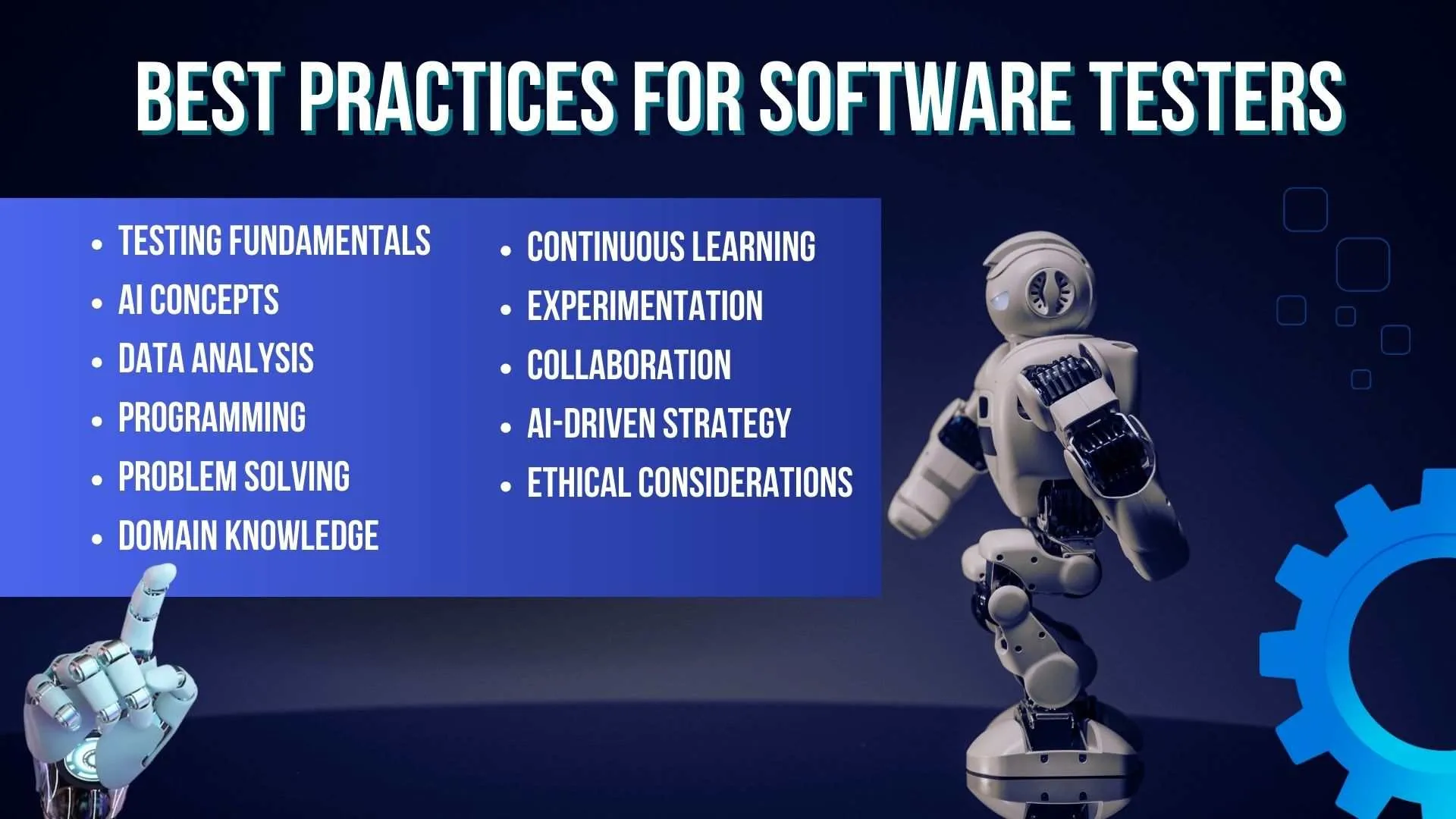
Conclusion
🚀AI is transforming the software testing landscape, offering tools to enhance efficiency, accuracy, and coverage. Embrace the power of AI in testing software and integrate it with traditional methods to achieve excellence. With advancements in AI QA testing, the future is bright for testers and developers alike.🚀
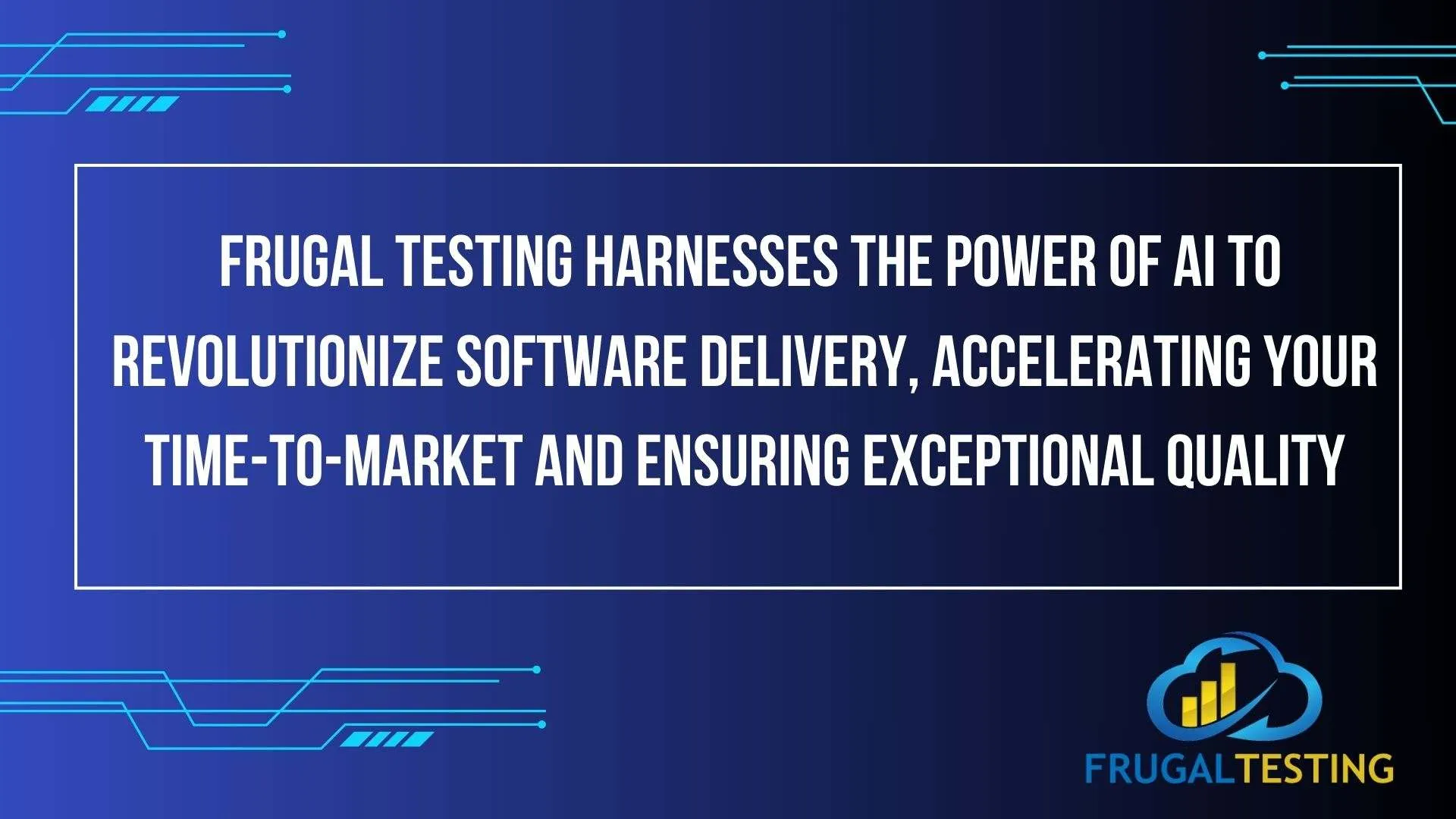
People Also Ask
👉 Will AI supplant Traditional Software Testing methodologies?
AI is unlikely to fully supplant traditional software testing methodologies (including continuous testing) but will augment and enhance them.
👉 Can ChatGPT assist in the automation of test scripts?
Yes, AI can generate manual test cases based on predefined requirements and user stories.
👉 How Can AI Reduce the Maintenance Burden in Software Testing?
AI-powered test automation tools can significantly reduce the maintenance burden by using intelligent algorithms to identify redundant tests and streamline testing requirements. Predictive maintenance capabilities allow AI-based systems to anticipate potential failures or issues, helping maintain reliable software and reducing the need for constant manual intervention. This leads to a more efficient testing process and less manual upkeep.
👉 Can AI Handle Complex Issues and Critical Paths in Software Testing?
Yes, AI is well-equipped to handle complex issues and identify critical paths within software systems. Using neural networks and predictive models, AI provides intelligent insights that help testers focus on complex tasks that are more likely to impact the software release. By analyzing user flows and code complexity, AI can pinpoint areas of concern and assist in making informed decisions about software security and reliability.
👉 What Role Does Human Oversight Play in AI-Powered Test Automation?
While AI-powered test automation tools are highly effective in managing complex tasks and providing predictive capabilities, human oversight remains crucial. Humans are needed to interpret intelligent insights, validate the results generated by AI, and make informed decisions regarding software testing strategies. This collaborative approach ensures that both automation frameworks and manual testers contribute to developing a robust, reliable software testing process.
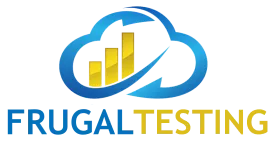


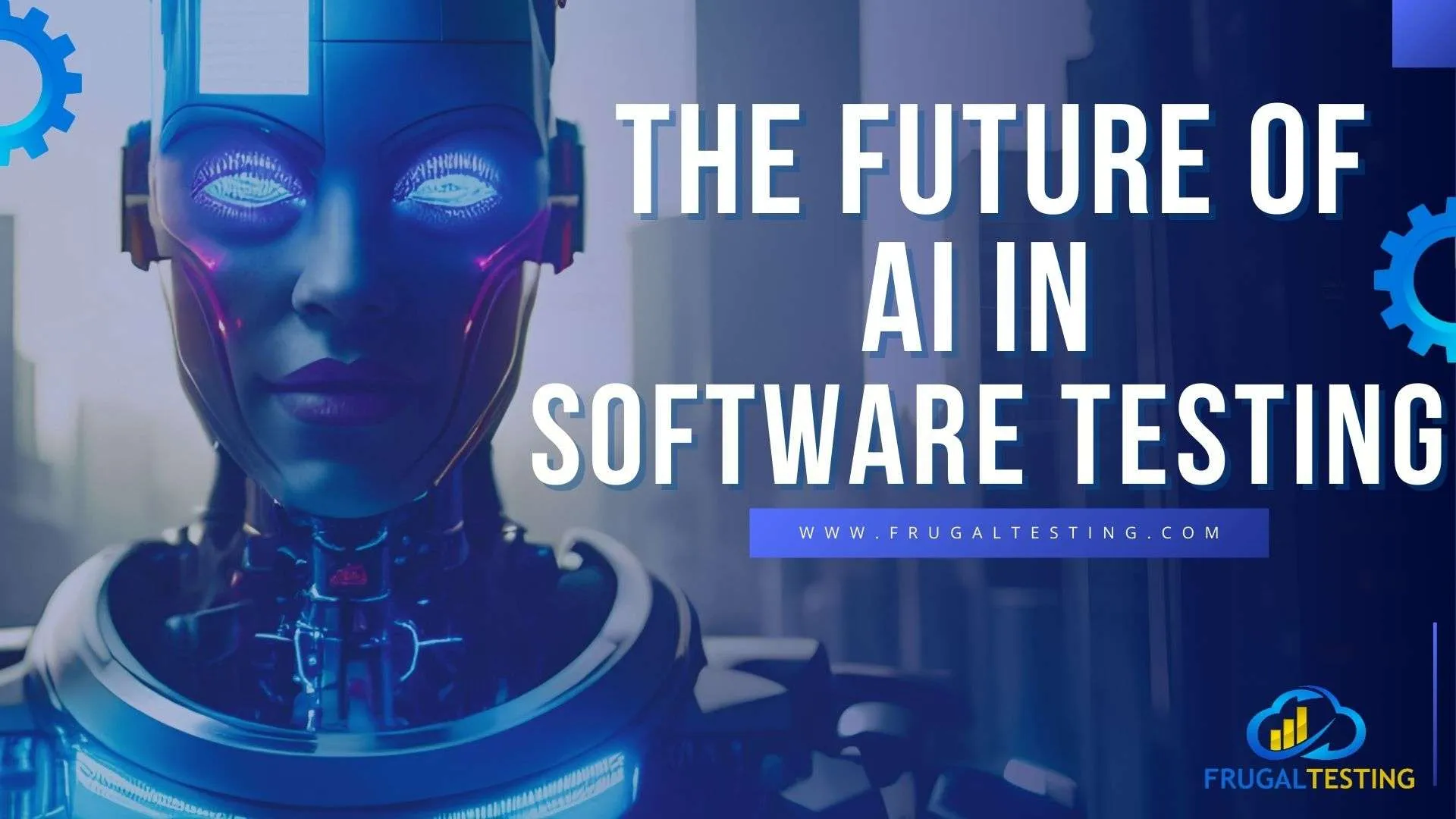

%201.webp)
